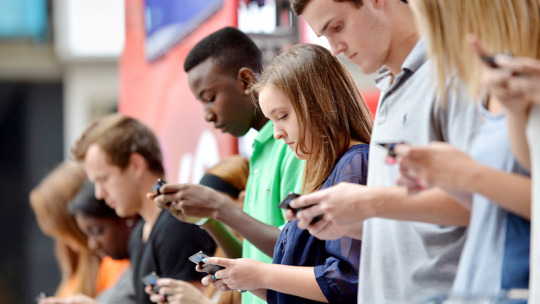By Glenn Taylor, Senior Editor

While Millennials’ increased buying power has garnered much of retailers’ recent attention, the next shopper generation — Gen Z — should very much be in marketers’ sights as a prime target.
What makes Gen Z a very tough nut to crack is that it’s the first generation where virtually all members have been raised in the digital age, an era in which high-speed Internet and cellular service are the norm rather than a luxury. This technology environment has influenced these young consumers to demand rapidly delivered shopping and entertainment experiences, further pressuring brands into a position where they must meet the consumer at every convenient touch point.
Fung Global Retail & Tech identified three primary characteristics of Gen Z consumers that retailers must take note of if they want to succeed in building and maintaining relationships throughout their customer lifecycle. These shoppers, aged 17 and below:
- Attach importance to self-image, often via social media. This concern for appearance is reflected in the mass usage of beauty products, as 90% of girls and 80% of boys aged nine to 17 in the U.S. use some form of makeup, facial cleansing or hair styling product, according to research from Mintel;
- Have a heightened demand for leisure services. This ties in heavily with the self-image characteristic, particularly in that Gen Zers visit visual networks such as Instagram to see what their peers do for fun or where they travel; and
- Expect consumer needs to be fulfilled immediately. Amazon Prime and other on-demand services such as Uber and Netflix have gained in popularity by enabling quick access to goods, transportation or video content.
Want To Engage Gen Z Consumers? Don’t Fall Into Teen Retail’s Traps
The demise of many major teen apparel retailers from the 1990s and early 2000s, including Abercrombie & Fitch, Aéropostale, American Apparel, American Eagle Outfitters, Pac Sun and Wet Seal, is a prime illustration of what happens when brands lose relevance with their targeted audience. While younger audiences aren’t gravitating to these brands anymore to fulfill their sense of style, it’s also important to note that none of these brands offered a standout e-Commerce experience. Nor did their omnichannel fulfillment initiatives kick into gear, even as fast fashion brands, Amazon and more niche and off-price retailers gained steam.
Considering Gen Z consumers — and the Millennials before them — express more interest in the experience side of retail than their predecessors, as well a penchant for remaining price conscious during their shopping journey, the value propositions of these teen retailers dropped drastically.
With more than 61% of their purchase decisions most strongly influenced by friends, according to a survey from HRC Retail Advisory, retailers can’t afford to miss the boat on providing a memorable, engaging social media experience. The visual context that ties into so many Gen Z shoppers’ self-image makes Instagram the best bet for retailers to prioritize. As many as 33% of teens prefer Instagram as their favorite social platform over Twitter (20%), Snapchat (19%) and Facebook (15%), according to a survey by Piper Jaffray.
Although the teen brands are all mall-based retailers, the decline in mall visits isn’t entirely to blame for their lack of recent success. More than 60% of all shoppers said they visit a mall or shopping center at least once a month, and 72% of Gen Z respondents and Millennial parents with kids say they do so, HRC revealed.
However, these shoppers go to the mall with a specific mission and in search of specific items. This makes it all the more important for brands to integrate mobile into the store shopping experience, to provide guidance while perhaps offering deals that showcase additional products so the store can increase average sales.
As the holiday season continues full speed ahead, retailers must further engage Gen Z shoppers if they want to offer the best experiences possible. Since these consumers are more connected to retailers than ever before, brands cannot forget to prioritize visual imagery, refine on-demand capabilities and build out entertaining experiences.






